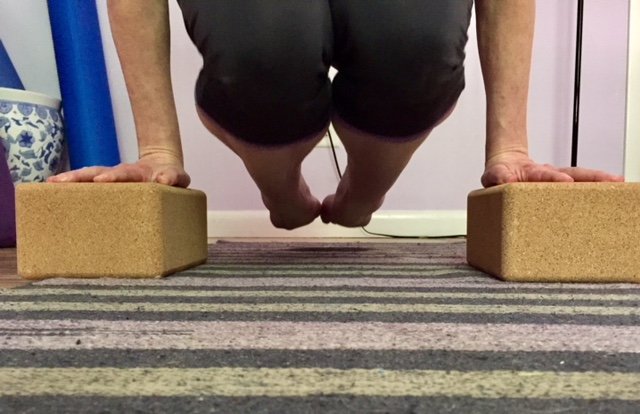Frailty: a Choice by Default
If you learned you had a chronic, debilitating condition that began at age 25, ramped up at age 50, and continued until death, possibly even contributing to your death, would you take steps now to ameliorate it?
I suspect nearly 100 percent of you, esteemed readers, would respond with “Yes, of course!”
Yet the fact is that every one of us suffers from sarcopenia: muscle wasting. It is a consequence of aging muscle tissues being unable to replace dying cells with healthy cells. The American College of Sports Medicine (ACSM) says sarcopenia, or age-related decline in muscle mass, occurs in two stages: first, about 10% of muscle mass is lost between the ages of 25 and 50; secondly, an additional 40% is lost between ages 50 to 80. By 80, you are frail; you’ve lost half of your muscle mass. 1
Loss of balance is the most deadly symptom—broken hips from falls usually lead to death within five years. Studies show that approximately 20% of elderly people who fall and fracture a hip die within 1 year, and many who do recover need assistance with activities of daily living. 2
The good news is that with regular resistance training, RT, we can slow the decline and even improve our muscle strength and mass, much as a person with an arm in a cast for six weeks can get his strength back. At any age! It takes effort, though. Are you up for the challenge?
If you envision yourself active, vibrant, and ambulatory well into your 70s, the time is now to start building strength.
ACSM recommends training for strength two to three days a week. Resistance training will “… build muscle strength and muscle mass and preserve bone density, independence, and vitality with age. In addition, strength training also has the ability to reduce the risk of osteoporosis and the signs and symptoms of numerous chronic diseases such as heart disease, arthritis, and type 2 diabetes, while also improving sleep and reducing depression.” 3
Certain types of yoga are a body-weight RT (without weights), and can be an excellent way to improve and maintain muscular strength as we age. Others like restorative or yin yoga are not. Restorative focuses on the nervous system and yin focuses on the soft tissues of the body. Both have their benefits, of course. You must practice yoga postures that challenge your strength. Start with what is challenging for you and be willing to expend energy. One yoga studio owner once told me that, “Post-menopausal women don’t want to work that hard.”
Hard work, however, is most important at this time in our lives for both women and men. Not only does strength-building yoga help prevent frailty, but it stimulates your body to produce hormones that cushion the negative effects of aging, including human growth hormone (HGH). In fact, resistance training is more effective than cardio for weight loss after age 50. 5
How does yoga improve strength? Holding postures for one minute develops muscular endurance. Repeating postures, such as pushups in vinyasa, the use of locks, i.e., contracting the pelvic floor and transverse abdominals with the breath, and standing, one-legged balances, all develop absolute strength. Yoga is a full-body system; all muscles are strengthened through the full range of motion and on all planes of motion. Adho Mukha Svanasana (downward facing dog) is an incredible upper body strengthener!
My level II private yoga course addresses your obstacles to developing strength so you can be active well into your 80s. Doing nothing will no doubt result in fraility. If you’re ready to age better, click here to learn more, then contact me.
A strong and flexible body and mind, that you can develop at any time, enable you to face life with equanimity, knowing you can handle anything.
Notes
1) Exercise Physiology, Theory and Application to Fitness and Performance by Powers, Howley 7th edition, 2009 p 159.
2) British Medical Journal, 2/5/2000 cited by https://www.webmd.com/osteoporosis/news/20000208/fate-worse-than-death-broken-hip#1
3) American Journal of Preventive Medicine. Sequin R, Nelson ME. 2003 Oct; 25 (3 Suppl 2):141-9.
4) Sports Med. 2005;35(4):339-61 https://www.ncbi.nlm.nih.gov/pubmed/15831061
5) Obesity. October 2017 https://doi.org/10.1002/oby.21977


